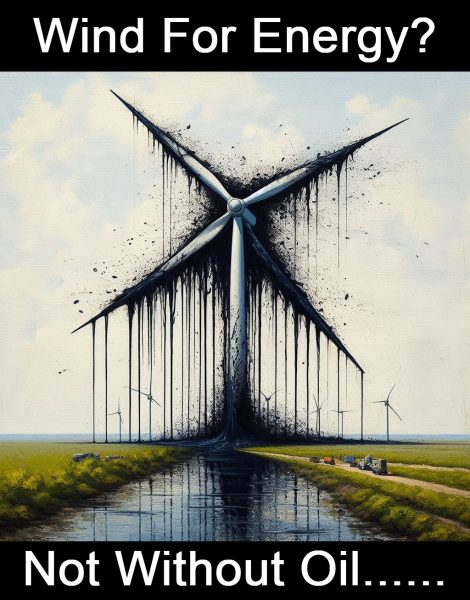VIDEO: Japan’s daring experimental engine against EVs
Japan dares experimental engine to beat EVs: It’s combustion, but zero emissions In a move that opposes the ongoing trend of motorcycle manufacturers transitioning to electric motorcycles, Kawasaki Motorcycles in Japan has introduced an experimental motorcycle that uses hydrogen fuel. It was pleasant to see this innovative prototype demonstrated on the Suzuka track in Japan; […]
VIDEO: Japan’s daring experimental engine against EVs Read More »

